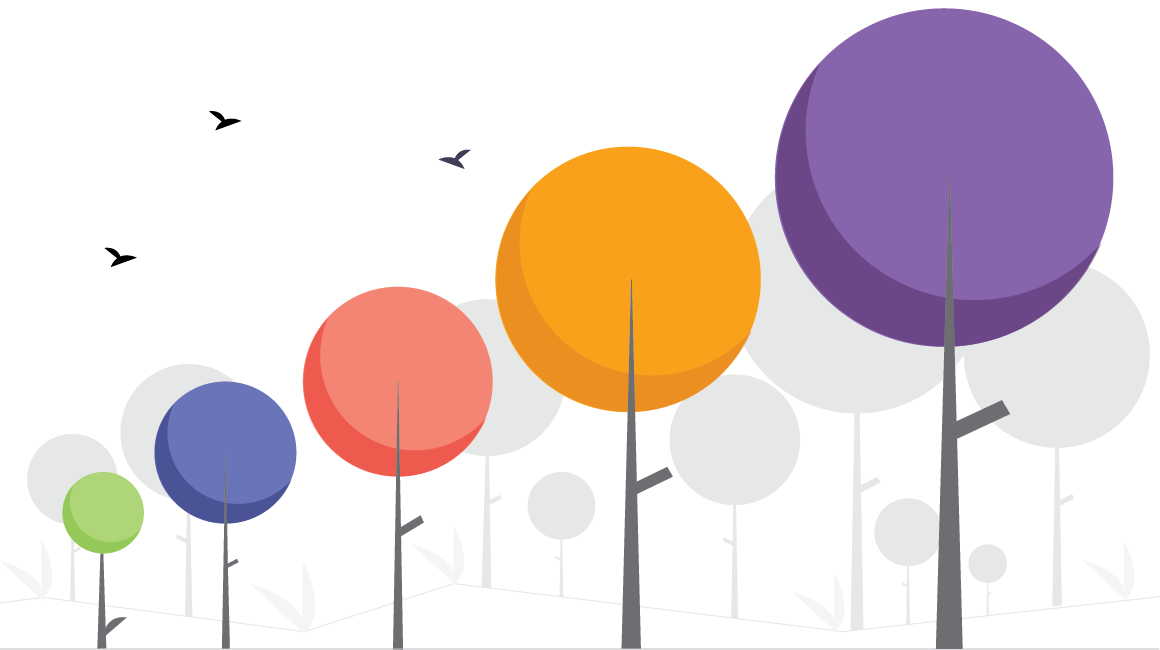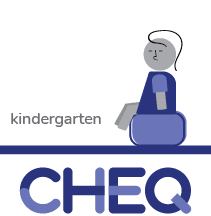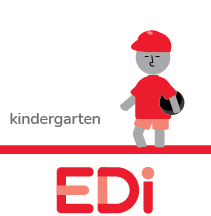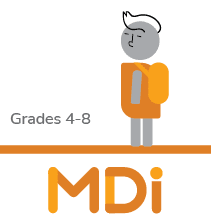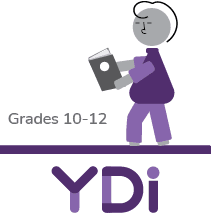

Monitoring System
The Child Development Monitoring System collects population-level data about multiple developmental stages in the early life course, from 18 months to 18 years of age.
5
questionnaires
550,000+
records for children in BC
20
years
The Child Development Monitoring System consists of five questionnaires (the TDI, CHEQ, EDI, MDI and YDI) that provide connections across the early life course: from toddlerhood and into kindergarten, in Grades 4 through 8, and finally during secondary school in Grade 11. It gathers information on critical periods in children’s development, exploring individual, family, and community factors from a diversity of perspectives: parents, teachers and children themselves. These questionnaires support the collection of population-level data about children’s outcomes, experiences and environments that are needed to address and answer the question: “What are the differences that make a difference?”
What are we Learning from the Monitoring System?
The System allows us to monitor and track population-level trends including rates of childhood vulnerability and school-age well-being. Monitoring System data reflect the complexity of the contexts in which children are being raised, and over time, tell us how well our society is doing in supporting children and families.
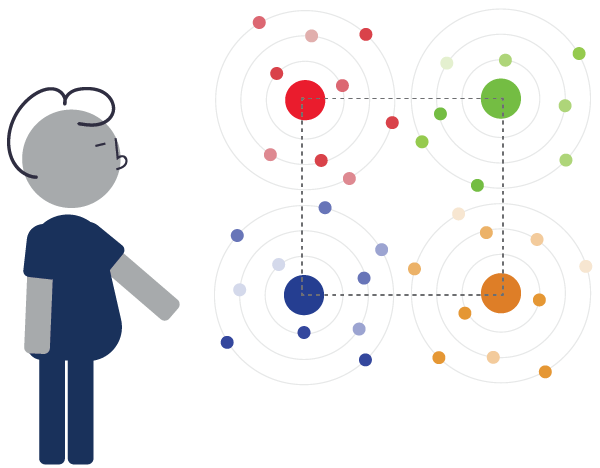
Data from the Monitoring System supports:
- Tracking changes in populations of children over time and cohorts of children through different developmental stages
- Creating important linkages with external data sets including administrative health and education data, and national census data to understand how early vulnerability and experiences influence later health and educational outcomes
- Identifying differences and inequities between BC jurisdictions, from neighbourhoods to government service delivery areas, and at a national level between provinces and territories
Using Data to Support Change
Data from the Monitoring System are also used to support systems-change and cross-sector collaboration. HELP engages in capacity-building and training initiatives with communities, institutions, and government to support data- and evidence-informed decision-making and planning to improve both policy and practice. For almost two decades, Monitoring System data have been routinely used in planning and decision-making processes in the health, municipal, education, social and community sectors. Learn more about the uses and impact of Monitoring System data.

Data Sovereignty and Jurisdiction
HELP recognizes and respects that Indigenous families, communities and governments have sovereignty and jurisdiction over their children and, therefore, have the right to access data collected for their children. HELP has developed ways to support the sharing of disaggregated Indigenous data with Indigenous governments and Indigenous-led organizations and institutions committed to the health and well-being of Indigenous children.
In answering the call for decolonizing data, HELP aims to align with the vision and mission articulated in the First Nations Data Governance Strategy to “strengthen First Nations institutions and communities to achieve data sovereignty and support the development of information governance and management at the community level through partnership and in alignment with their distinct worldviews.”
Learn more about how HELP works with Indigenous Data.
